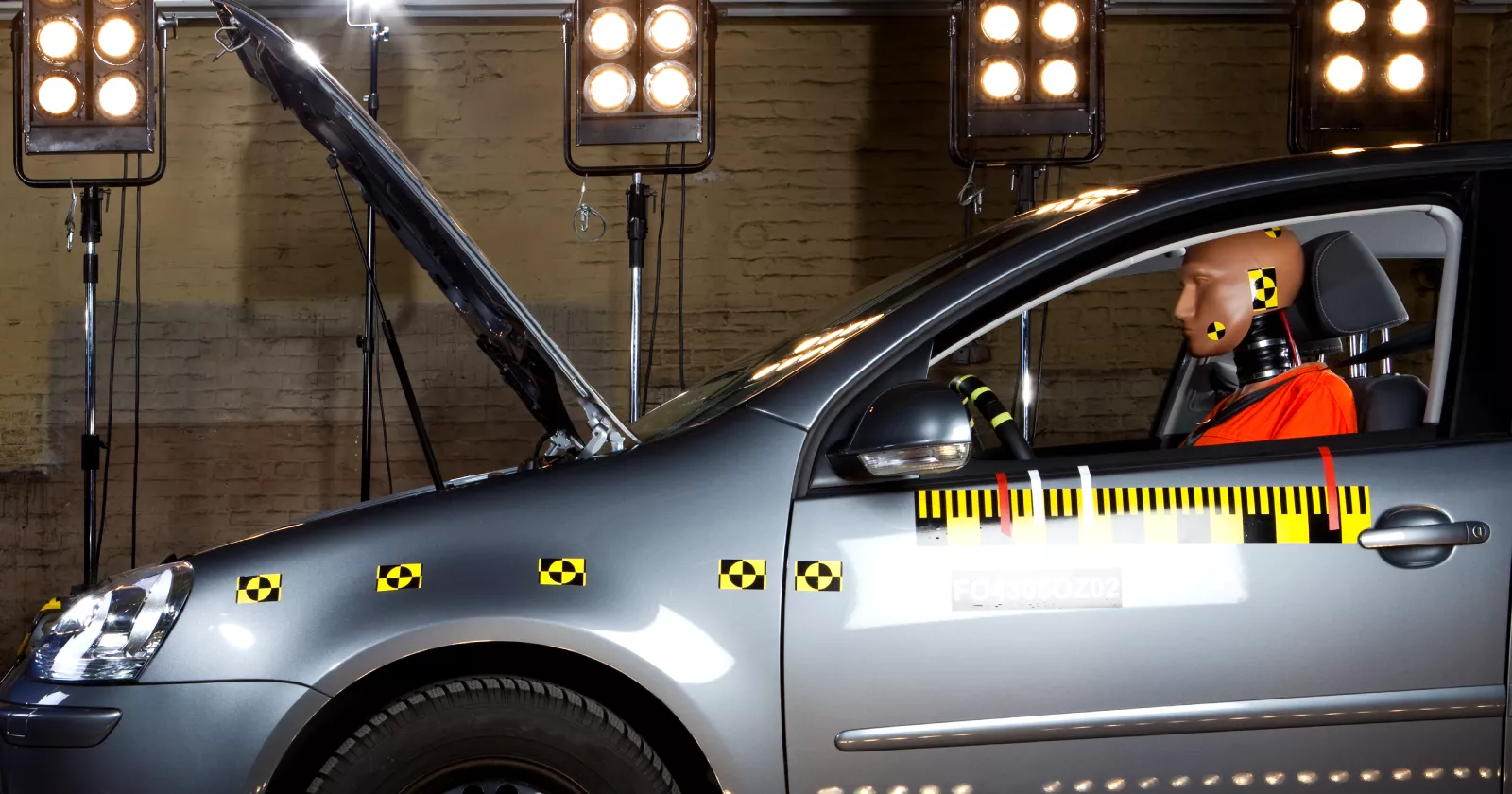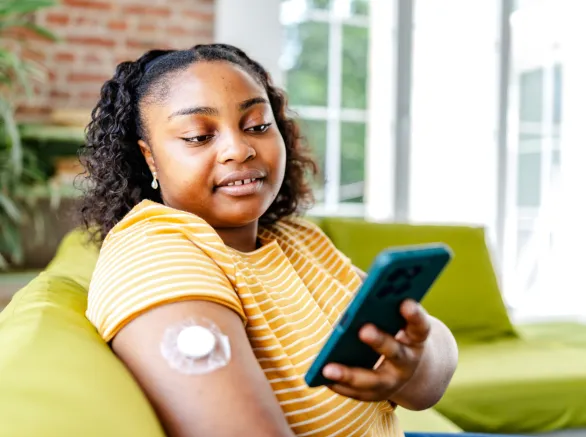How do you obtain real-world data to develop deeper insights into understanding human-product interactions or the effect of a specific dynamic environment on the potential for injuries?
Understanding the interaction between a human body and a particular product or the surrounding environment is complex and multifaceted often requiring human evaluations with participants, or physical human body models (e.g., crash test dummies). In the context of accident investigations (e.g., automobile accident or fall event), Exponent's biomechanical experts match particular morphological features of the involved individual, such as stature or weight, to simulate important aspects of an event using a human "surrogate." These surrogates allow for a more detailed evaluation of the relevant geometry, potential for interactions with surrounding structures, motions and forces an individual might experience, and the mechanism and potential for injury. Appropriate surrogates are determined based on our detailed review of case specific documents, including medical records and radiology. During product evaluations, human volunteers or surrogates are used to evaluate the fit, pressure, loading, or product's influence on human movement.
Our team utilizes both human participants and physical human body models (e.g., anthropomorphic test devices or crash test dummies) in our research to deepen our understanding of biomechanical events and to perform product safety evaluations. Our extent of testing includes skin and morphology assessments, geometry measurements, human motion evaluations, and human loading and pressure quantifications. We utilize a variety of techniques depending on research questions and complexity, which include 3D scanners, motion capture systems and inertial measurement units (IMUs), EMG sensors, force transducers, and pressure sensors. We work with our institutional review board to design safe testing environments for volunteers. For tests unsuitable for volunteers, we use biomechanically validated crash-test dummies to investigate body motion, loading, and injury potential. Exponent has a wide selection of crash test dummies and headforms, including child and adult anthropomorphic test devices with adjustable height and weight, to simulate the actual size of almost any test subject. These tools allow us to evaluate the human response during transportation events, amusement park rides, industrial, recreational, or everyday activities.
Research has shown that there is significant variation in tissue properties between children, adolescents, adults, and the elderly. Investigations involving infants and children require a specialized understanding of pediatric biomechanics and issues unique to the pediatric population. Differing material properties and structures within the body can result in differing motions and injury potential in response to a load for a pediatric individual as compared to a middle-aged adult or someone of advanced age. Exponent's scientists, medical professionals, and engineers have expertise in how developmental changes can influence how the body responds to a given load and will utilize appropriate surrogates and interpret data to account for these age-related differences.
Using these techniques and others, we provide clients with a range of valuable information regarding anthropometry, product fit, motions and loading in vehicular, industrial, recreational, and everyday environments, injury mechanisms and tolerances, and occupant protection systems or injury mitigation devices.
services
For 50+ years, we’ve thrived on solving unstructured problems that require bespoke solutions. Some of our services include:
• Biomechanical and injury potential testing, analyses, and evaluations
• Institutional review board assessments and approval of testing protocols and confidentiality agreements prior to participant testing
• Evaluation of human motion during transportation, amusement park rides, and industrial, recreational, and other activities
• Simulation of transportation accidents
• Testing and evaluation of occupant safety systems (i.e., seat belts, child restraint)
• Helmet and protective equipment testing
• Pediatric anthropomorphic evaluations
• Human morphology assessment using 3D scanning
• Product fit evaluations
• Product pressure and loading measurements
• EMG, heart rate, and other human physiological monitoring
Experts
Our global and comprehensive expertise across industries gives us a deep understanding of current challenges, best industry practices, and the implications of emerging technologies.








